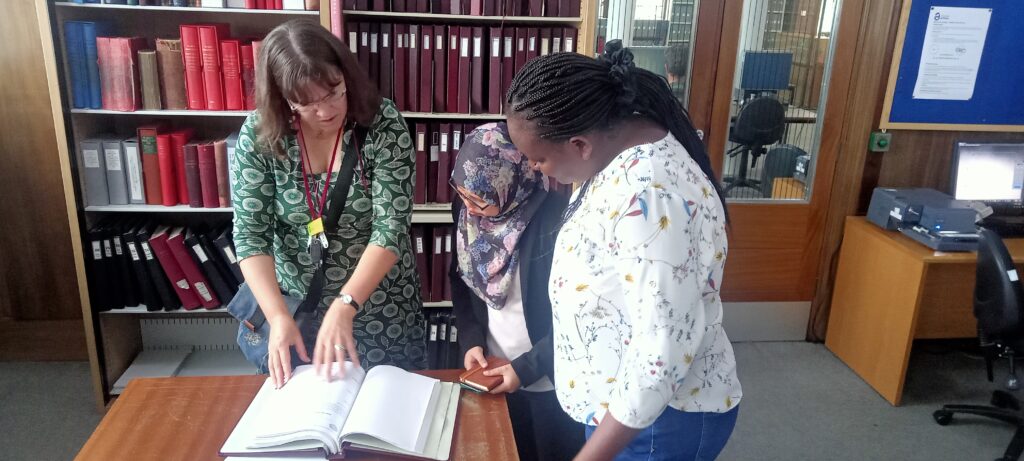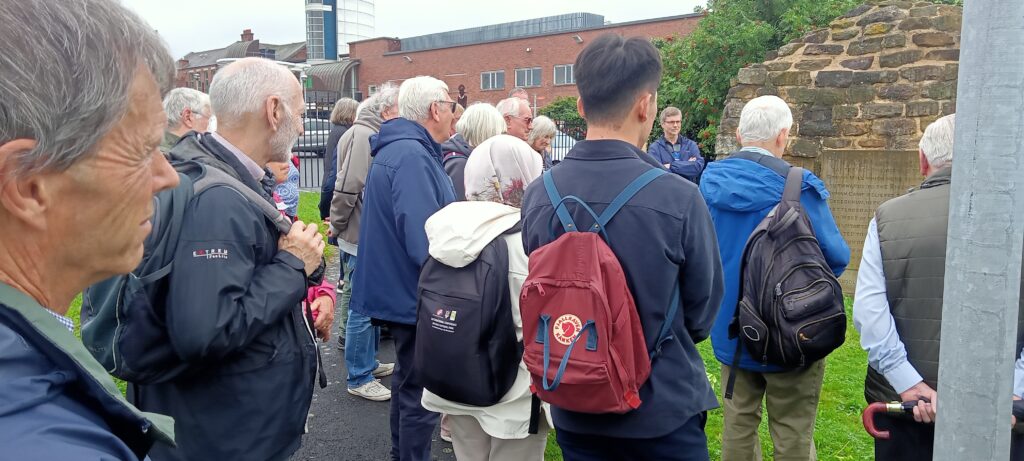ITP: the gem of museum experience (Rodah Lange, Kenya, ITP 2023)
Written by Rodah Lange, Curator, National Museums of Kenya (Kenya, ITP 2023)
Jambo, my name is Rodah Kalondu Lange from the National Museums of Kenya. I am an educator and a curator at the Karen Blixen Museum. My duties include curation of exhibitions, documentation, conservation, research, public programmes, and administration. It has been six weeks since the ITP 2023 begun and I have been learning a lot about exhibitions, learning programmes, conservation, partnerships, marketing, social media and more.
Let me share my experience at the partner museum placement at Tyne & Wear Archives and Museums in Newcastle, where I and two other fellows spent 10 days of intensive learning. We arrived in Newcastle on 24th July 2023 and were met by Bill Griffiths, Helen, and Jenny Youngman at the railway station. During our stay, they ensured everything was running smoothly and were always ready for us in case of anything.

The experience at the Tyne and Wear Archives and Museums was one of a kind. Bill gave us a brief overview on how the TWAM are managed, as well as their exhibitions, galleries, collections, community programmes and funding. This introduction gave us a clear understanding of regional museums as we reflected on our own museums. The museums here are smaller than the British Museum but the visitor numbers are overwhelming. Our visit coincided with the school holidays and a lot of families and children were visiting. Large numbers of old people escorting their children to the museums were seen every day. The museums on the other hand were well prepared for the holidays with amazing activities for different groups ranging from families, school, youths, elderly people, and even to wellness programmes. Each gallery was a beehive of activity and visitors were busy engaging with the different interactivities.

A visit to the different departments was a worthwhile activity. We had an opportunity to interact with staff from the costumes and taxidermy store where we learnt different ways of storing museum objects. In conservation, Christina Stephenson, a paper conservator, took us through the process of paper conservation and we were able to ask all the questions we had. This was supplemented by a visit to the archives led by archivist Rachael Gill who took us through the archival processes, demonstrating some of the oldest records in their custody.
An interaction with the learning teams was amazing because of the coordination and teamwork amongst the staff in delivering the different programmes. Through this department, I experienced different ways of engaging different groups including babies, schools, youths, and families among others. The interactivities were exciting and gave me a challenge to think more on what I can do at my own museum for better visitor experience.

A tour of the archaeological sites by Bill Griffiths; Segedunum, Arbeia and Hadrian’s Wall, was an opportunity to learn about the history of the Roman Empire. At each of the sites there was a café and sale of merchandise to allow visitors relax and purchase souvenirs for memory. This was a learning experience on how museums can raise funds for their programmes. Special thanks to the staff at the different museums and galleries we interacted with.
